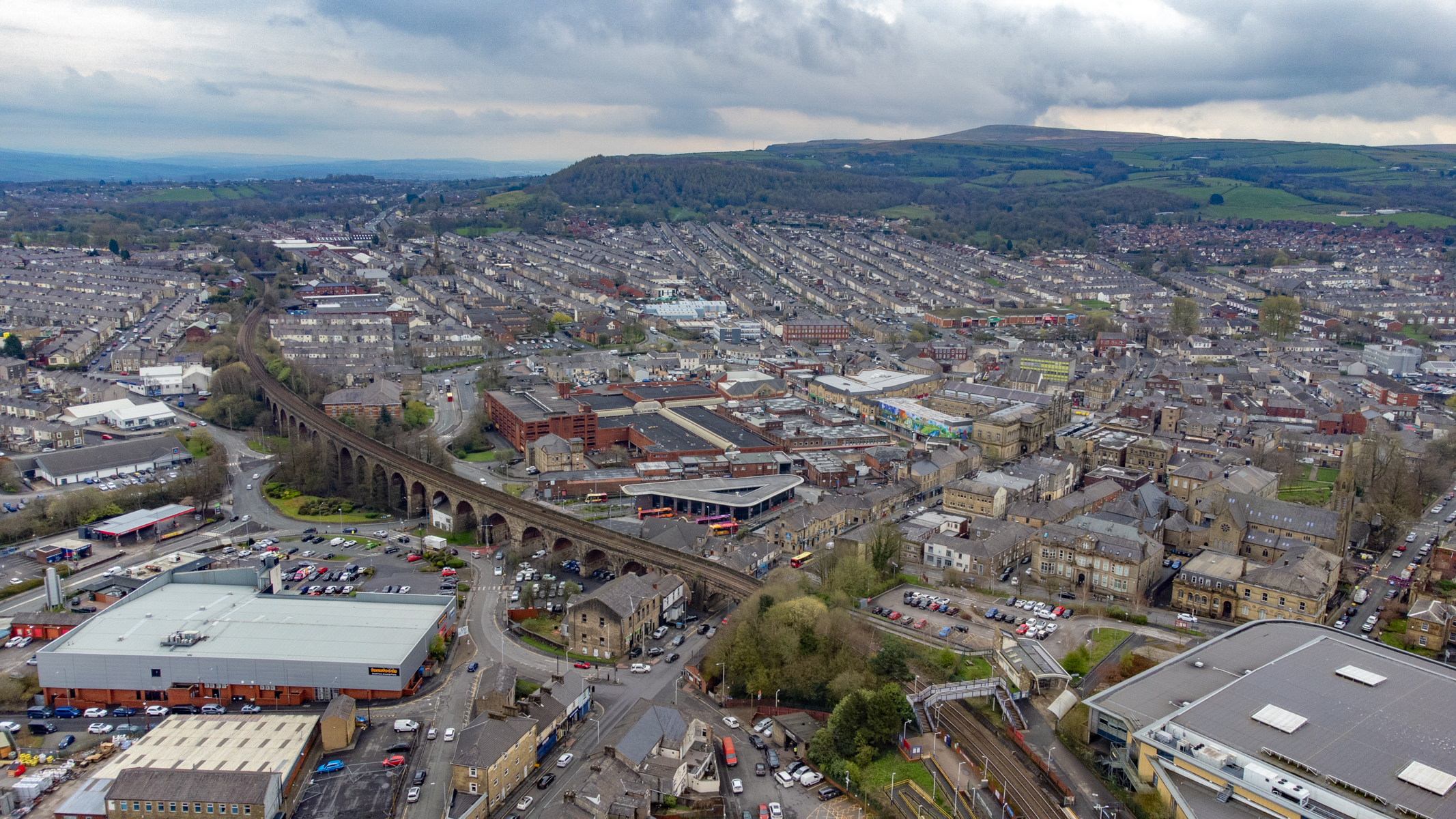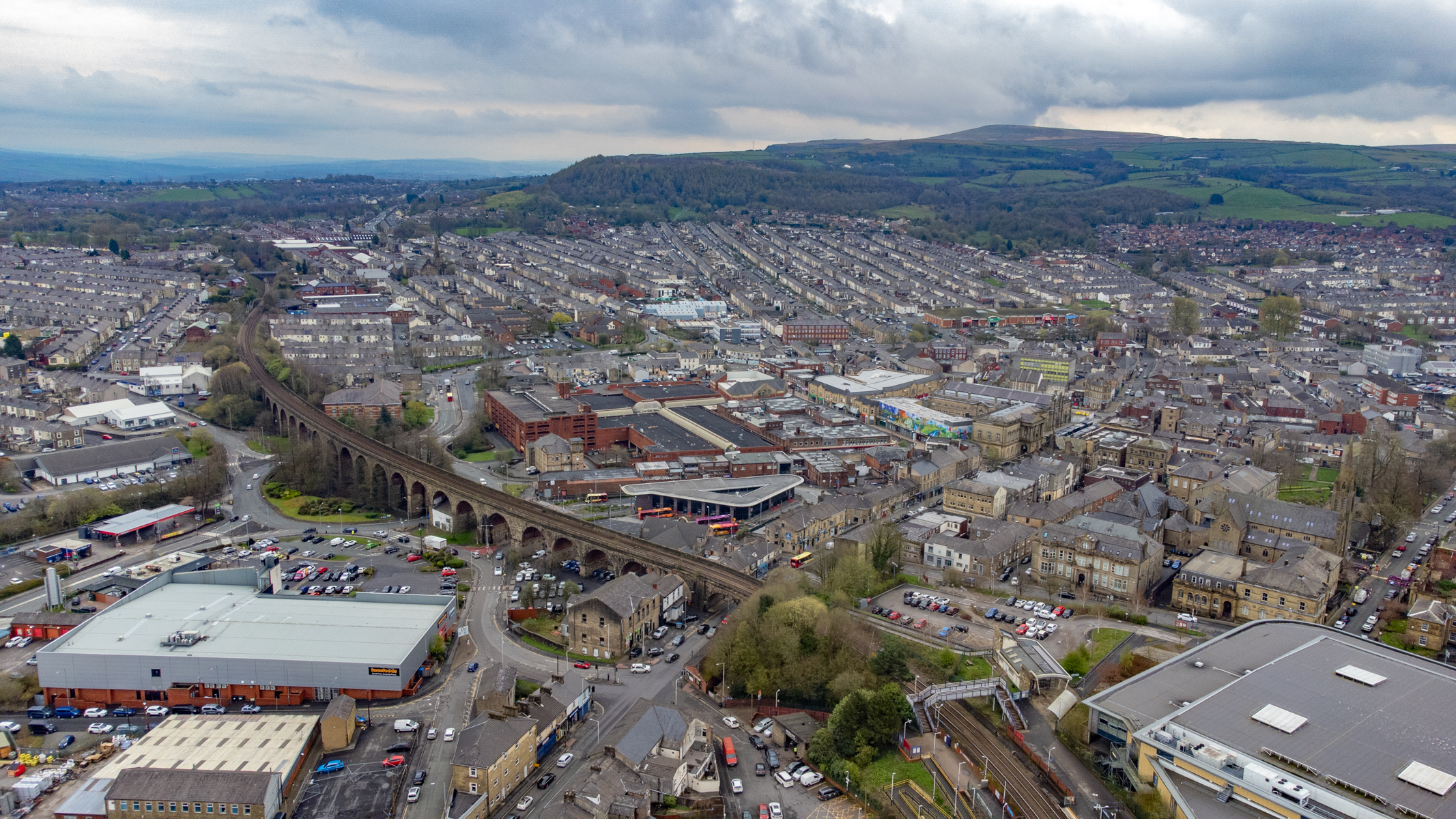The story of how Accrington's new Pals sculpture was created
The sculpture, made of the same material as the Angel of the North to give it a rusty brown colour, will sit in the newly-renovated Accrington Pals Memorial Garden
Cutting-edge technology is being used to connect a new generation to Accrington’s history.
Some 240 layers of 4mm corten steel are being individually fabricated at a manufacturers in Nelson, before being welded together from the ground up. This state-of-the-art process is time consuming and complex but will result in a piece of public art depicting two Accrington Pals which will soon take pride of place in the town centre.
“As generations go by you have to think of new ways to engage people in the subject of the World Wars. It’s so important that people don’t lose sight of the sacrifice that was made by local townspeople,” said Chorley-based sculptor and designer John Everiss, “Sculpture is a fantastic way of doing that.”
Simply titled ‘Pals’, the sculpture, made of the same material as the Angel of the North to give it a rusty brown colour, will sit in the newly-renovated Accrington Pals Memorial Garden on Church Street in the town centre.
Everiss is set to hand over his plans, meticulously drawn up with his son 26-year-old George, who he has worked with throughout the project, to Fitzpatrick Fabrications this week. There the team, led by Accrington-born director Mark Fitzpatrick, will begin the painstaking 12-week manufacturing process. Everiss believes it will be one of the most detailed sculptures ever made for a war memorial.
“We constructed it by 3D scanning real-life models so it’s incredibly accurate. They’re wearing regional uniforms and regional equipment,” said Everiss. “The average height of a soldier in WWI was 5 foot 6, so we needed people about the same size and actually used two lads who work at the fabricators.”
The sculpture will depict two soldiers, one of whom is injured while the other helps him.
“They’re pals. They might have worked in the same factory, they might have lived in the same street,” said Everiss. “They’ve ended up in a battlefield in France and one is still helping the other.
“These people who lived through this have gone now and the sculpture is about keeping their story going.”

The design for the new Pals sculpture
While the monument won’t be installed until the summer, final preparations are happening behind hoardings to reopen the memorial garden. Mark Pickup, responsible for green spaces at Hyndburn Borough Council, told The Hyndburn Lead it is expected to reopen in around two weeks time.
Work began on the garden last January, with a cash injection of £260,000 from the UK Shared Prosperity Fund. Hyndburn Borough Council said its plans were a "redefinition of the space as a beacon of community, remembrance, and natural beauty".
Accrington is remembered for its part in WWI as the smallest town in Britain to raise a complete battalion in the Accrington Pals. The army of 1,000 men formed in just 10 days following a rallying cry by War Secretary Lord Kitchener.
They first saw action in the Battle of the Somme in 1916, where the battalion was effectively tragically wiped out within a matter of minutes. When news reached home an angry crowd surrounded the mayor's house to demand information.
“I’m very passionate about the subject and I’ve done several war memorial sculptures in the past,” said Everiss. “My grandad fought in the First World War and my father was in the RAF during WWII. He was quite an old dad, 52 when I was born. He had been shot down and escaped through the French Resistance over the Pyrenees, so I’ve always had the passion for the subject. What I love is creating sculpture that connects to people and is emotive.”
The sculpture has formed a tiny part of the overall budget for the garden, Everiss says, because the people involved in bringing it to life have worked for free or at cost.
“Sculpture is normally incredibly expensive to do and public space art on this scale is often unachievable, but I just want to make it because I’m passionate about it,” he said. And he believes it will bring a boost to the local economy too. A similar sculpture Everiss installed in a garden in Normandy for the 75th anniversary of the D-Day landings has had six million visitors since 2019.
“Something that’s so historically important is the glue that holds a community together,” he said. “Making this central monument where people can gather as part of the history trail through Accrington is vital. We can’t forget public space art because once we lose that then we lose the lifeblood of a town.”
The Lead is now on Substack.
Become a Member, and get our most groundbreaking content first. Become a Founder, and join the newsroom’s internal conversation - meet the writers, the editors and more.




